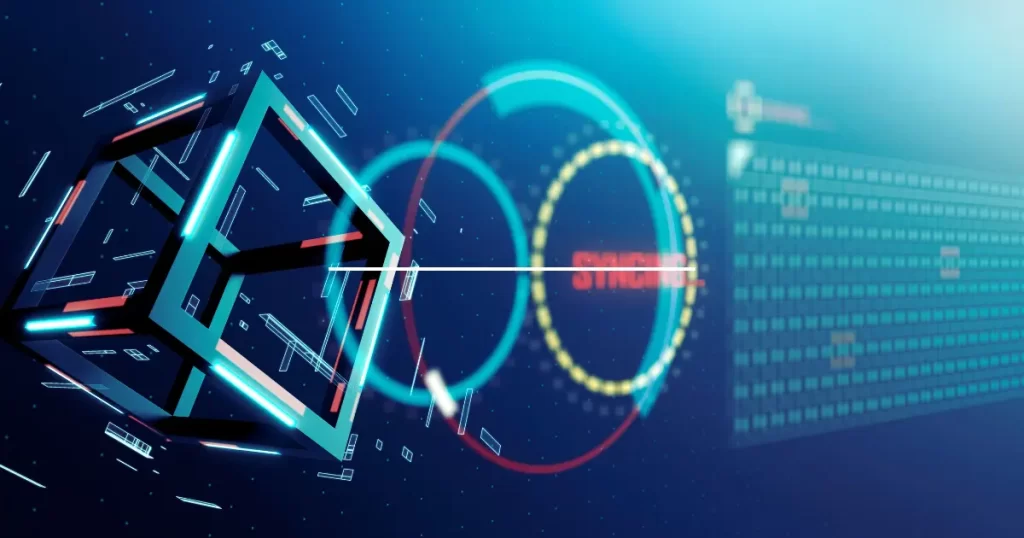
The post Metis Paves the Path to True Decentralization with Rewards for Decentralized Sequencer Nodes and Users appeared first on Coinpedia Fintech News
Despite decentralization being a main pillar of blockchain technology, Layer 2 (L2) scaling solutions utilize single sequencers to organize transactions and put them in a block for validation. From a user’s standpoint, this means lower gas fees and faster finality, but this comes at the hefty price of centralization—counterintuitive to the ethos of Web3.
The L2 and rollup environments are currently vulnerable to single points of failure. If a single sequencer goes offline, the entire chain comes to a halt, as we have already seen with Arbitrum. This means a loss of opportunity for the user and a loss of trust in the project and technology.
Additionally, a single centralized sequencer also exposes an L2 to other vulnerabilities like front-running, transaction censorship, and denial of services. So, while centralized sequencers are quick and cost-effective, there’s a higher risk of failure or censorship on top of one entity taking all the network revenue.
Hence, the focus is on a decentralized sequencer, which utilizes a network of nodes to sequence the transactions at random. While decentralized sequencers perform with increased latency, they are far more secure and resilient. Also, these systems enable incentives alignment with revenue sharing—innovations that allow the average user to participate and earn rewards.
So, in alignment with blockchain ethos, Metis has established itself as the first Layer 2 running a decentralized sequencer (dSeq). After the successful community testing of dSeq on the testnet, the decentralized sequencer went live on the mainnet earlier this quarter.
Then, the onboarding of independent dSeq clients began, which enhanced the reliability and security of Metis’ core infrastructure. Meanwhile, the decentralized sequencer nodes get the opportunity to earn rewards in METIS tokens for their role in transaction processing and block production.
Moreover, active participation helps increase nodes’ recognition within the community, creating possibilities for future collaborations and partnerships.
Several entities, including Artemis, ENKI, Hashkey Cloud, OKX, and more, have already joined the Metis network and are currently contributing to its reliability, decentralization, and stability. The more nodes and entities engaged in sequencing, the more challenging it becomes for malicious actors to control or compromise the L2.
At the same time, these nodes earn from transaction fees on top of being rewarded by the Metis network for their contribution. The current expected mining rewards rate for these nodes is 20%, available for a limited time period of the first 12 months, with a total of 34,869 METIS already distributed as rewards (at the time of this writing).
This is simply an excellent opportunity for anyone looking to contribute to the growth and success of an innovative project and, in exchange, earn rewards, creating a win-win situation for all.
This is just the tip of the iceberg, though, with what a node can achieve by being involved with Metis. A few months ago, the project began distributing grants through a new grants system for developers, innovators, and community members to help expand the network. Now, to further boost participation, Metis has introduced a Decentralized Sequencer Reboot campaign.
According to the campaign documents, which takes a two-pronged approach to revitalizing the Metis Decentralized Sequencer and supporting upcoming markets and changes to Metis, decentralized sequencer nodes and liquid staking tokens (LST) can now apply for rewards. These performance-based rewards are multitiered, offering increased benefits. More details about the specific rewards structure is to come in the following days.
There are also ongoing business development efforts aimed at attracting liquidity and node operators from reputable projects by offering them incentives and support. Large liquidity providers, after all, are always looking for better and safer places to park their liquidity. Amidst the ongoing bull market, Metis, with its rewards, marketing subsidies, and a focus on creating a mutually beneficial ecosystem, is well-positioned to capture interest and capital.
To make sure these efforts are not in vain, Metis has based its reward on performance tiers, with higher tiers being “unlocked” once a certain performance indicator is reached.
Metis Decentralized Sequencer nodes can earn up to 5,000 METIS every month on a successful application, while nodes that have LST protocols, which provide DeFi opportunities to users and boost network utilization, stand to earn as much as 10,000 METIS monthly.
With enticing incentives, funding support, and additional benefits in the works, Metis aims to offer enhanced growth and stable foundational assistance to participants while attracting liquidity and new users, including institutions, to expand its ecosystem.
Overall, these latest moves from Metis showcase the project’s commitment to its users and active contributors, who are the core of its growth and success. Through these rewarding initiatives, Metis aims to bring the most value to its users and turbocharge participation that will catapult Metis to the forefront of technological innovation, ecosystem expansion, and user engagement.

 6 months ago
52
6 months ago
52














 English (US) ·
English (US) ·